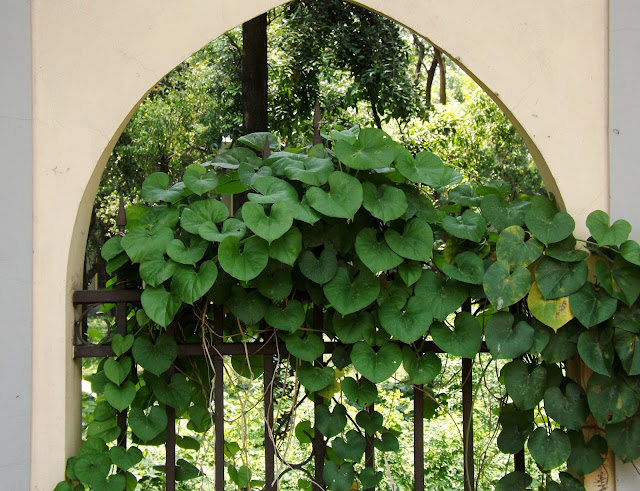Lutki, Malabar melastome, Melastoma malabathricum
Lutki or Malabar melastome (Melastoma malabathricum, family: Melastomataceae) is a perennial shrub found in tropical and sub-tropical Asia. It is a common plant of Sal forest and the hilly areas of Bangladesh. The evergreen shrub is found throughout South and Southeast Asia.
Common names: Lutki, Datranga, Tea indicator plant, Malabar melastome, Indian rhododendron.
This shrub can reach a height of 1-2 meter high. The quadrangular and reddish stems are covered with small rough hair.
The leaves are ovate,-elliptic, or elliptic-lanceolate, 7-20 cm long with three ribs, hairy. The petiole 1-2 cm long.
The nice looking shrub flowers throughout the year. Flowers are big, showy, purple in color, grows on terminal inflorescences. Petals 5, sepals 5, stamens 10. The edible fruit is a berry; globose, 5-13 mm long and 4-10 mm wide, succulent, dehiscent.
As a wild fruit children eat this tasty berry and color their mouths black frequently. The genus name of the plant 'melastoma' is named after this reason. It is generally thought that, wherever you find this plant the tea plant may have existed there. The entire part of the plant is used in the treatment of diarrhea, dysentery, toothache.






It's a beautiful flower
ReplyDelete